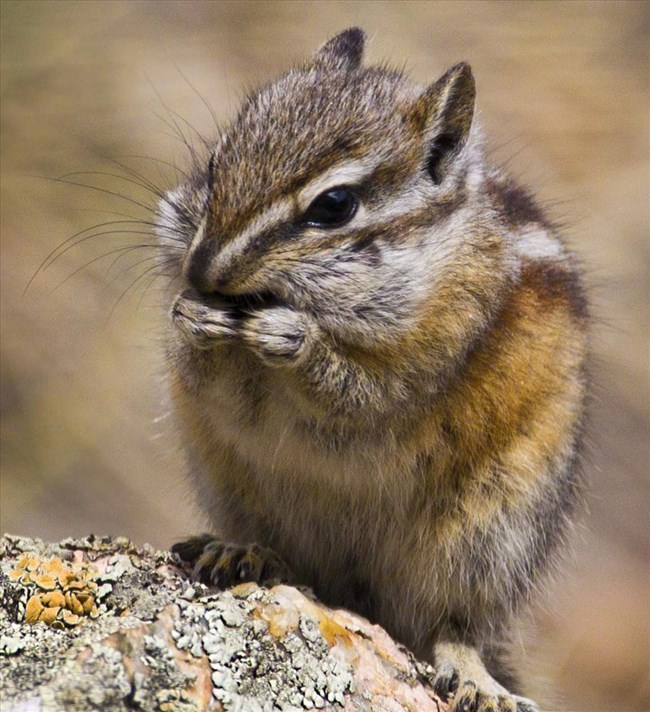
NPS/Neal Herbert 
NPS Photo Tamias minimus
Size and Description
Behavior
Diet
Interactions with other animals
|
Last updated: July 28, 2023

NPS/Neal Herbert 
NPS Photo Tamias minimus
Size and Description
Behavior
Diet
Interactions with other animals
|
Last updated: July 28, 2023